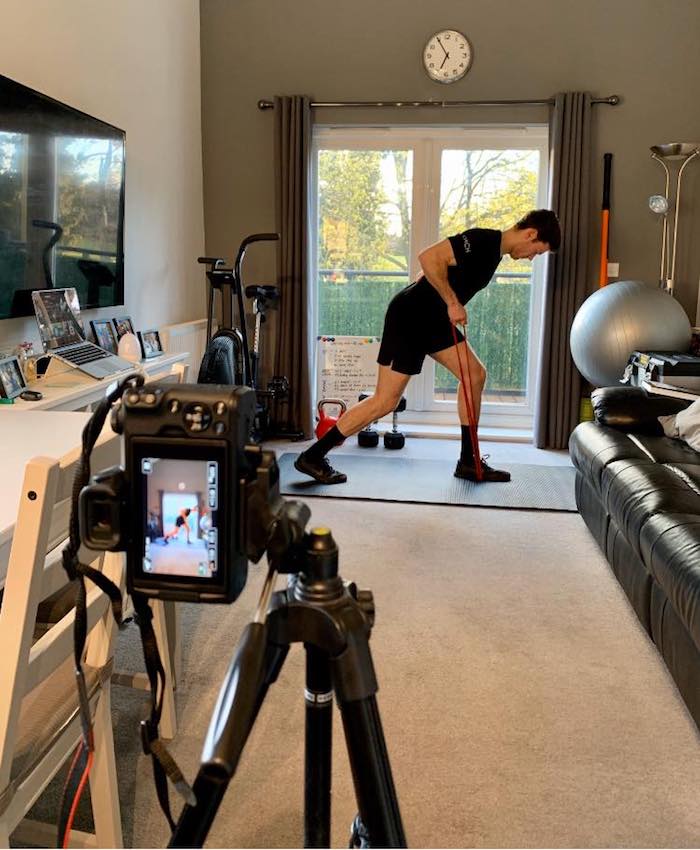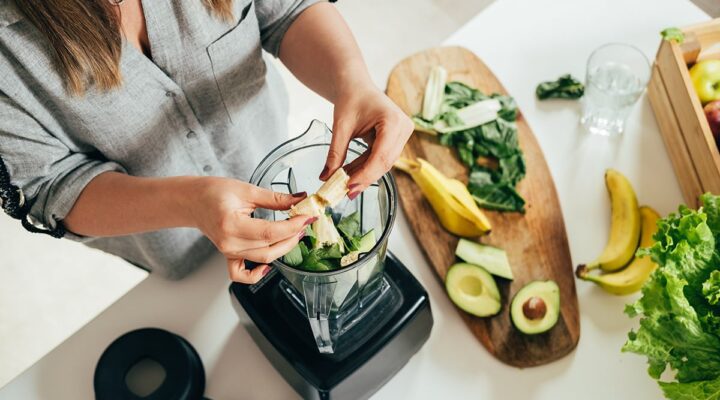How Will the Fitness Industry Adapt to ‘the New Normal’?
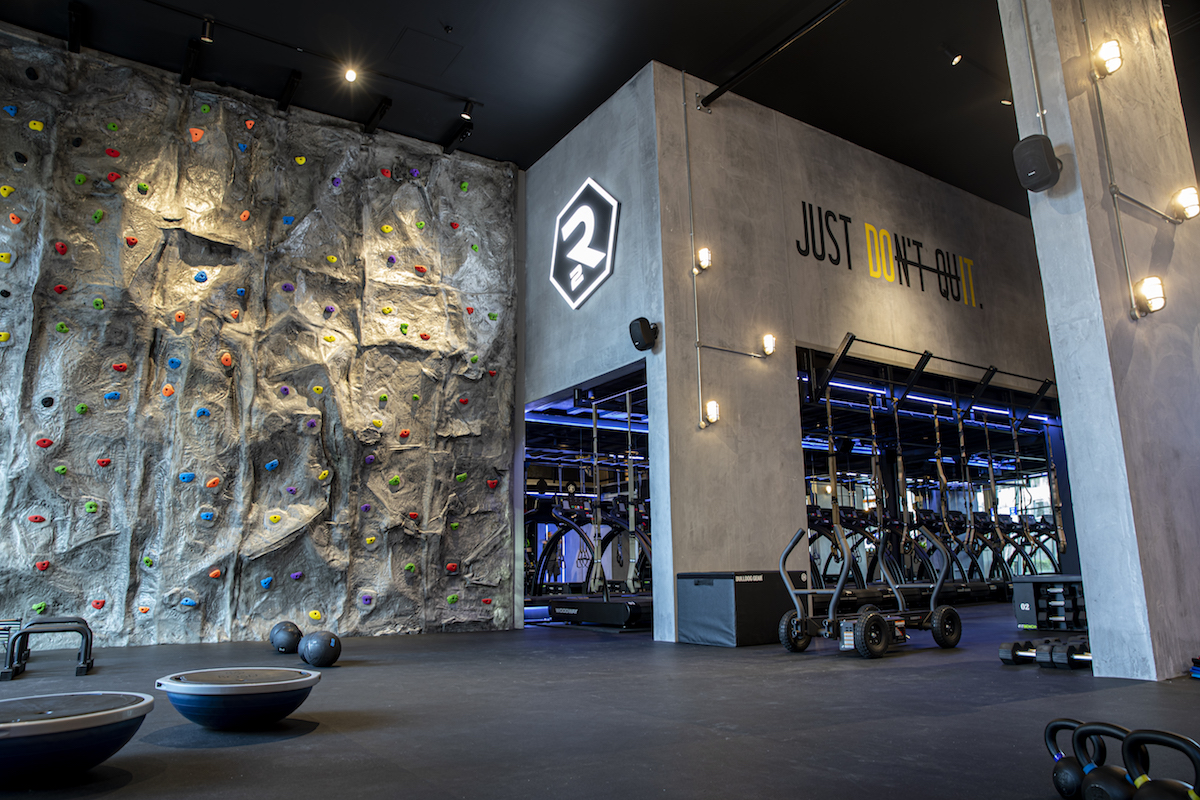
As a devoted gym-goer, my first thought when the lockdown was announced wasn’t when I’d get to see my friends again, or where I was going to get my morning coffee from now.
No, the first thoughts that raced through my mind were gym-related, and mainly how on earth I was going to cope with even just a week without it. Which makes me privileged of course; 2020 has been full of much bigger problems than my right to bench press.
But the gym is a huge part of my life, as it is for the other 10 million people who own a gym membership in the UK. When my mental health has been low it’s offered me respite. It’s helped me stay healthy and driven, bringing a sense of order to my week. Like a best friend, it’s always been there for me when I needed it, and then literally overnight it wasn’t there for us anymore. We were going to have to adapt, and so was the industry as a whole.
The Rise Of The Digital Workout
Up to that point, the fitness industry had been booming. Gym memberships had been at an all-time high, as had the number of gym instructors in the UK. “If you look at the UK, the industry-wide penetration rate [the percentage of identified potential customers acquired] in 2017 was 15 percent, and in 2019 it exceeded that for the first time in history with one person out of seven being a gym-goer,” notes Lenka Chubuklieva, director of Rumble Gym, a boutique fitness studio in Dalston, east London. “We had also seen an increase in fitness facilities across the UK. We can safely say that the UK was the healthiest it’s ever been.”
In a similar manner to retail, lockdown shifted the focus on these physical spaces towards the virtual realm. At Rumble, this meant offering workout sessions on their Instagram feed as well as developing their own digital TV channel, R2TV. It’s a bit like Netflix but instead of binge-watching Tiger King you’re taking part in a range of fun-to-follow exercise classes, from pilates and vinyasa yoga to fully-body HIIT workouts and strenuous booty sessions.
Still, memberships have been frozen as people pull out of paying for the use of a product that isn’t available to them anymore. For the gyms (as with all the restaurants, bars, and shops) there’s still rent to be paid. And then there’s the vast number of independent personal trainers whose freelance-like work has dried up in an unforgiving gig economy. How were they going to work from home when their jobs necessitated them being in the gym or right next to their clients offering support?
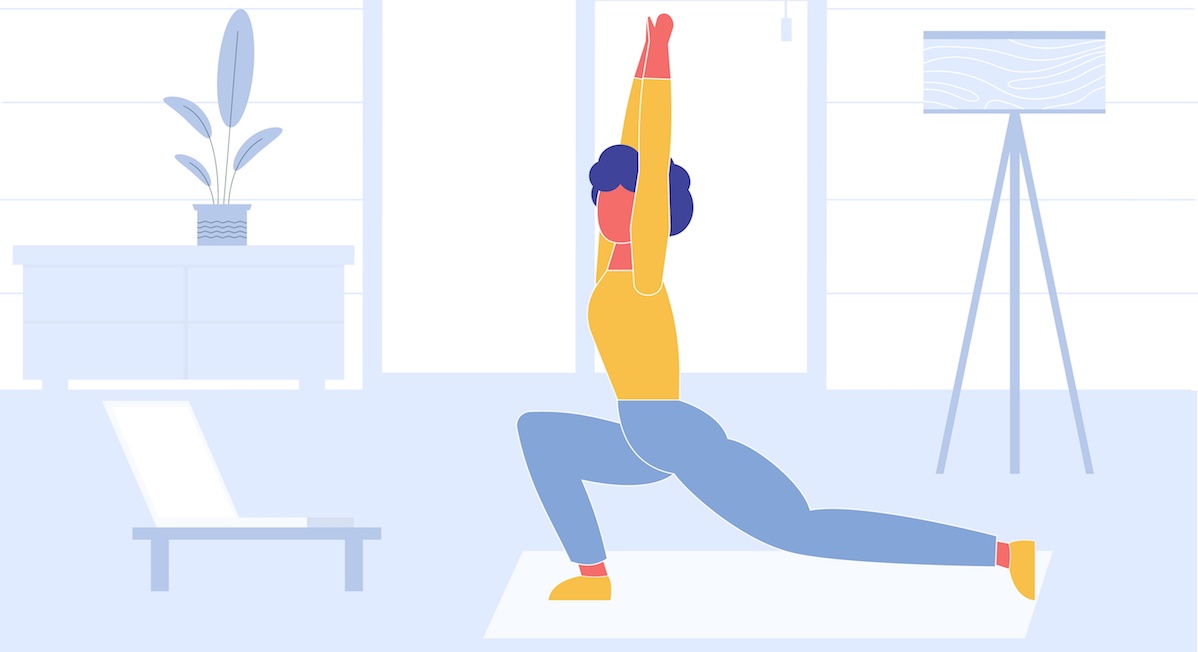
The digital transition was going to be crucial to their survival. Luckily for independent personal trainer, Dennis Conroy, the digital side of his business was already established by the time the pandemic had reared its head.
“I’ve been using apps now for more than two years,” says Conroy. “You just have to go into the app, and the training plan is all there as well as videos for every exercise. Then I also fill my diary with one-to-one sessions over Zoom. My clients were already familiar with the app and so the transition for me was a lot easier because they knew what they were going to get. It was an easier sell.
“There are trainers or coaches out there who didn’t have that though and have then had to make that transition during a pandemic, which is difficult. They’ve got to build the app and then they were having to try and sell something people weren’t familiar with. So it was like there were two hurdles that they were trying to get over.”
Importance Of Community
As well as honing his digital skills, Conroy goes on to explain how the role of a personal trainer has evolved beyond its traditional meaning and boundaries. “There’s a lot of coaches out there who I believe are becoming more life coaches because of the changes, which is interesting. As a trainer, you work with different personality types and you have to respond to them in a different manner.
“If you look at the first four weeks of lockdown, you’ll probably have seen loads of people doing sessions every day and you get to week four, and then there might be only 75 percent. Something I did that worked really well here, as it has done with a lot of businesses, is just trying to build some community. I’ve stuck religiously to my mobility class on a Sunday. Everyone turns up to that. It’s a little bit of wind down at the end of the week.
“And, I’ve been checking in a lot with people. That face-to-face interaction is a morale booster. I’ve got clients who have been dealing with their kids for the last eight hours or have been on their own for months. Some of my clients are like my mates. I’ve been to weddings, birthday parties, social gatherings.”
Personal trainers like Joe Wicks and Alice Liveing have turned themselves into superstars through the digital transition and their massive social media audiences; some followers not realising their beginnings as one-to-one personal coaches. “At the start of lockdown, I thought, my business was going to really struggle and I’m not going to get any work,” Liveing tells Form, “But it’s actually been really nice to adapt the way that I work and take things online, and the amount of people that I can reach in doing that.”
So much of the job for personal trainers is marketing your services (which maybe explains all the PTs coming up to you at the gym correcting your form). But with the lockdown, Instagram and Youtube have now officially taken over as these shop windows.
The same could be said for the gyms. Rumble is taking their digital offering very seriously indeed, with Chubuklieva pointing out that their studios are now equipped to stream directly from them, so customers could even join classes from the comfort of their home in the future.
“Even when the gyms return we’ll still be keeping up the Zoom classes and catch-ups,” says Conroy. “I think more coaches will become hybrid coaches as a result and they might even transition to full-time online coaches because of COVID-19. I personally don’t think that everyone’s going to be queuing outside the gyms waiting for them to open.”
Shutdown Fears Linger
In May, Form surveyed 1,672 people on their feelings around the pandemic and the future of fitness. 48 percent said they were going to look after their health more than before lockdown, as a further 43 percent said they were now more likely to make use of a fitness app and 39 percent said they were going to livestream more fitness content going forward.
In stark contrast, 35 percent said they were likely to visit communal leisure facilities far less than they did before lockdown, while 34 percent would go to group fitness classes less than before.
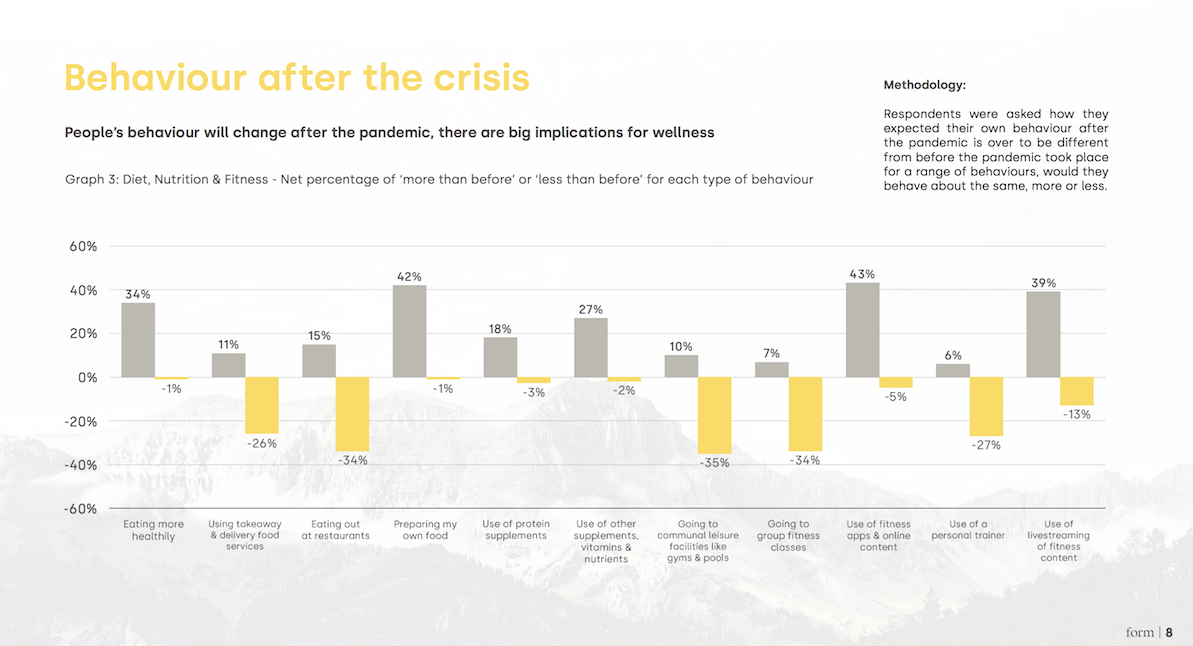
Whether these responses are down to hygiene fears around lockdown is unclear. In May, the Office for National Statistics revealed that almost one in five adults were meeting up with their friends or family from outside of their household. This was before July’s easing. And if the queues down Oxford Street this week are anything to go by, people aren’t as worried about bumping into others as you may think. Instead the shift might just be a natural evolution in the way we workout.
Regularly going to the gym is habit-forming. But being in lockdown has forced new habits to come to the fore; habits that don’t include the gym. There was a 400 per cent rise in the purchase of home gym equipment in early April. Now we have invested in the equipment, will we shun the gym altogether?
“I much prefer working out at home so the pandemic has actually been great for me in terms of gyms and instructors making their services accessible remotely,” says Kate Richmond, 27, a marketing manager from London. “It feels so much more inclusive and I hope that they keep it up. Accessibility is so important even in non-pandemic times.
“For instance I can imagine remote sessions are great for parents who can’t get childcare to go to the gym, those who live in remote spots with no gyms nearby, or for those with anxiety or confidence issues for whom going to the gym is a nightmare. I know that for some the gym is a real joy so I’m glad they’re reopening, I just hope that increased accessibility continues.”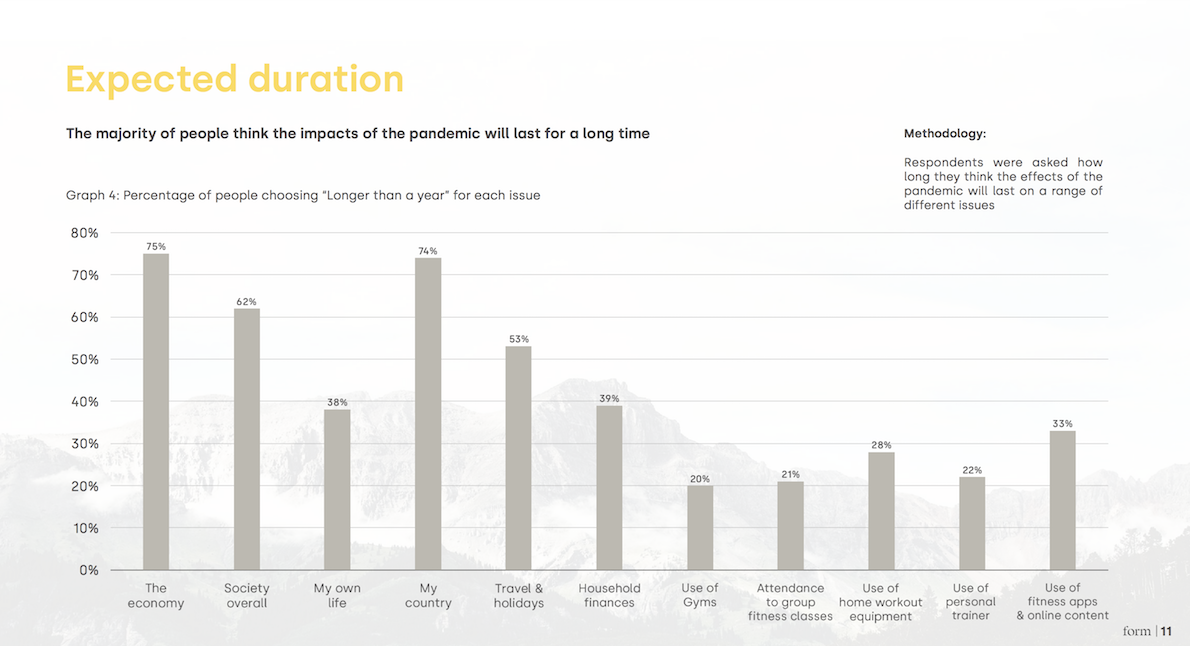
How Are Gyms Preparing For The New Normal?
The hygiene issue will certainly be the first thing to address for gyms wishing to return to action. It’s logical to think that the more people who touch shared objects, like weights and cardio machines, the higher the risk that someone could leave behind a virus. And we’ve all been packed into a weights area like sardines during the after-work crush enough times to know that gyms can’t go back to the way they were before.
People will want to go back though. “Nothing is ever going to take away the one-to-one, face-to-face interaction,” Conroy points out. And for people whose workouts revolve around shifting heavy (and expensive) weights, the temptation will be especially strong. Resistance bands and kettlebells are great and all, but if you’re a regular bench press or squat rack user then they’ll never fully satisfy.
Thankfully, it looks like the gyms are prepared. At Rumble, class capacity will be reduced to maintain social distance. Cleaning will be continuous. An anti-viral and anti-bacterial spray will be used.
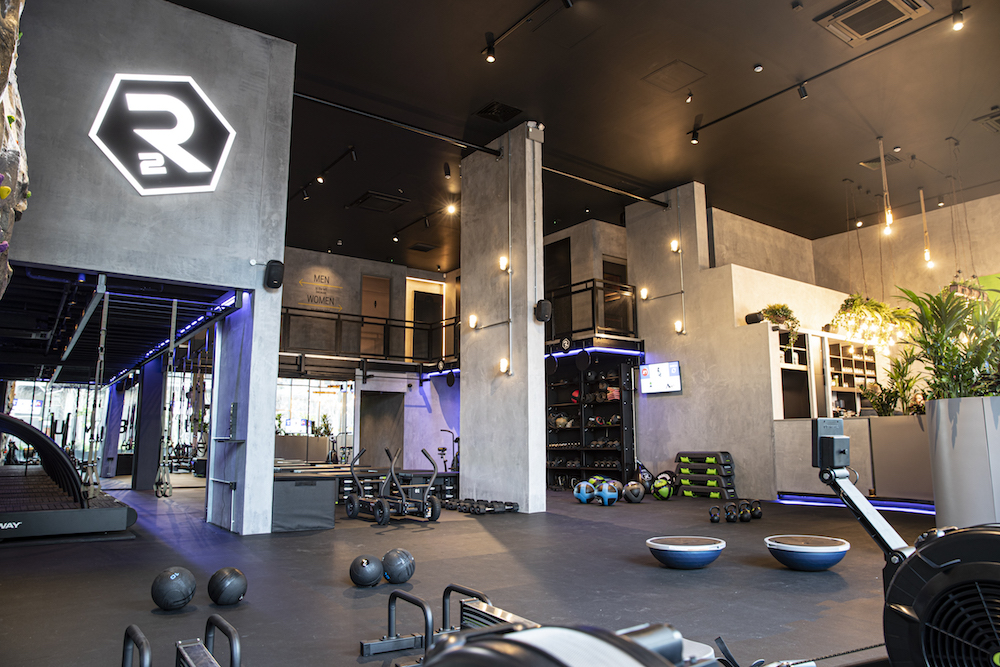
Rumble Gym
“It has a 99.999 percent kill rate on germs,” notes Chubuklieva, “and provides a barrier to surfaces for up to 14 days and to the human body for up to 24 hours. It is the highest quality and longest lasting product available.” Good news for members then; less so for germs.
The whole studio will also be ozone-treated overnight; the same treatment undertaken by labs and hospitals. Some classes will be moved out onto the square in front of the gym. A state-of-the-art ventilation and filtering system will replace all the air in each room every ten minutes.
As a high-end studio, you’d expect this level of service from Rumble. But even larger gyms are seemingly rising to the task with due diligence. Photos released by PureGym, the largest gym operator in the UK, show gym floors turned into a complex highway system of placemats and tape designed to keep everyone in their socially-distanced workspace.
Other countries that have opened their gyms up already show perspex glass stuck between running machines and in the peculiar case of one Californian gym, Inspire South Bay Fitness, plastic pods set up around benches. They either look like shower curtains or a crime scene cleanup. But, if they inspire confidence in patrons to return then it’s mission accomplished.
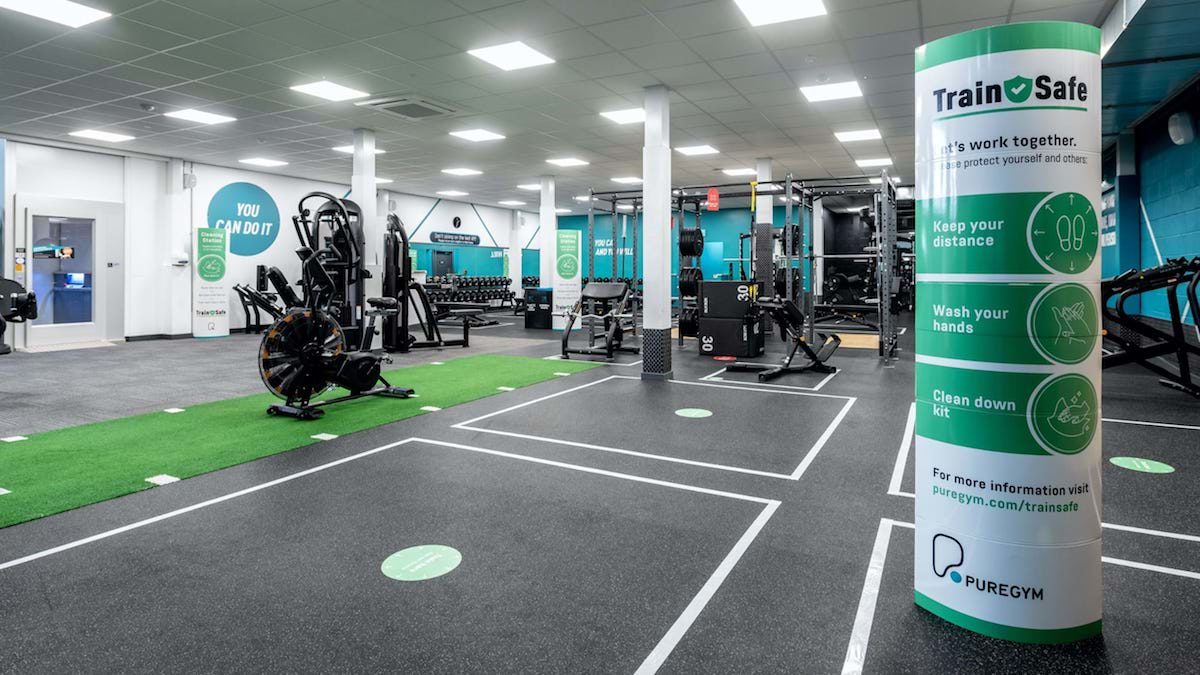
PureGym
What Mark Has Lockdown Made On The Fitness Industry?
For this is the pressing challenge facing the industry at the moment. “I think without government support and the roll out of the National Time Out proposal which would help both the tenants and the landlords, we could be seeing quite a lot of casualties in leisure industry,” says Chubuklieva. “It’ll be a slow start or more of a transition period from online workouts or running and cycling solo back to group training again.
“Studios really need to reassure gym goers that the gym environment is safe and that they are following sanitation protocols. Ideally, if weather permits, outdoor classes could be a good re-start to bring group training back. I also think that all new gyms and boutique studios opening up should look into their ventilation systems a lot more seriously.”
Conroy agrees that the transition back will be hard, adding that he thinks there will be a substantial fall-out. “The bigger companies, I think, will struggle, and I could see maybe some of them having to shut their smaller gyms because of it.
“I used to work in a corporate gym, so I know how they operate. The difference between a smaller gym and a big corporate gym is that the smaller gym can actually start to look after their clients more and have done so probably a lot better during lockdown. I think people will be less taken in by the affordability perhaps and think, “Well, it might be more expensive to go with a boutique option, but they were there when I needed it during lockdown.'”
Where Does The Future Lie?
It’s likely fitness apps will continue to grow. Fiit is the market leader in the UK with over 500 classes available through the app. Peloton has shaken up the world of spin. The Chris Hemsworth backed Centr offers a holistic approach with daily guided meditations and meal plans alongside their workouts. Youtube could threaten these paid-for models, but as Netflix, Amazon Prime and Spotify have shown in the entertainment world, if the content is good enough, people will stump up the cash.
And then there’s the world of wearable tech to explore. Even before the pandemic, The American Council for Sports Medicine had named ‘wearable tech’ number one in the 2020 edition of its annual worldwide survey of fitness trends, as it had done for three years now out of the last four. With gyms like Orangetheory and Third Space having cottoned onto the growing popularity and encompassed this technology into its workout classes, logic dictates that the apps will follow suit.
The overall picture is one where technology really comes to the forefront, in turn bringing us closer together while also curiously keeping us (safely) apart.
Personally, I can’t wait to return to the gym, freshly bought mask and gloves at the ready. But having bought a resistance band to keep my strength training going while stuck at home through lockdown, I also appreciate that I don’t need to go to the gym for every workout session like I did before. I’m excited about this flexibility. A late one at work won’t make for a mad rush to get to the gym afterward; I can just slot the workout in at home.
The sooner the industry can adapt then to how we ourselves have adapted, the sooner it can pick itself up and work towards the bright future that was promised before a COVID-19-shaped roadblock came along.




